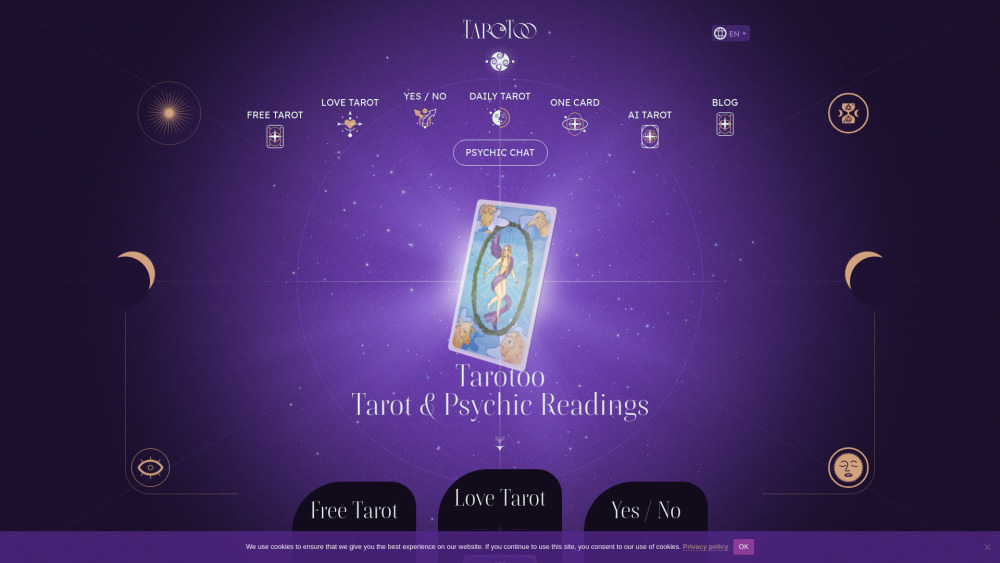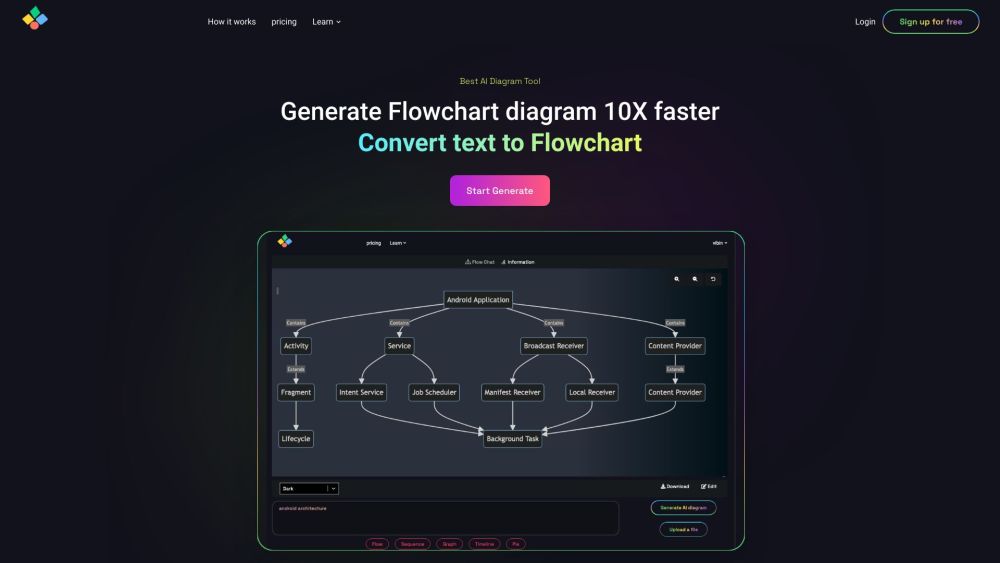Unraveling the Science of Smell: How AI is Transforming Our Understanding of Fragrance
For decades, perfumers and scientists have grappled with the intricate relationship between a molecule's structure and its scent. Unlike visual identification, where scientists can easily discern color through light wavelengths, determining a molecule's odor is far more complex. However, researchers at Google Brain are leveraging artificial intelligence (AI) to transform this challenge.
In a recent paper published on Arxiv, the team describes their innovative approach to training AI to recognize scents. They compiled a dataset of nearly 5,000 molecules, meticulously labeled by perfumers with descriptors such as "buttery," "tropical," and "weedy." Utilizing about two-thirds of this dataset, the researchers trained their AI—a graph neural network (GNN)—to connect specific molecules with their corresponding scent descriptors. The remaining dataset served as a testing ground, where the AI successfully predicted the smells based on molecular structures.
Despite these promising results, the science of smell is fraught with complexities. For instance, different individuals may describe the same scent using distinct terms, such as "woody" versus "earthy." Additionally, certain molecules can share the same atoms and bonds but differ in arrangement, resulting in dramatically different odors. These variations are known as chiral pairs; caraway and spearmint serve as classic examples. The challenge escalates further when combining multiple scents.
Nevertheless, the Google researchers view the ability to train AI in this manner as a pivotal advancement. This breakthrough has the potential to influence various fields, including chemistry, human nutrition, sensory neuroscience, and the production of synthetic fragrances.
Google's efforts are part of a broader trend in the application of AI to scent-related challenges. Earlier this year, at an exhibit in London’s Barbican Centre, scientists successfully used machine learning to recreate the aroma of an extinct flower. In Russia, AI is being deployed to detect hazardous gas mixtures, while IBM explores AI-generated perfumes. Some researchers are even considering how our sense of smell might reshape the design of machine learning algorithms.
This exciting intersection of AI and olfactory science could herald a new era in our understanding of fragrances and their applications across numerous disciplines.





